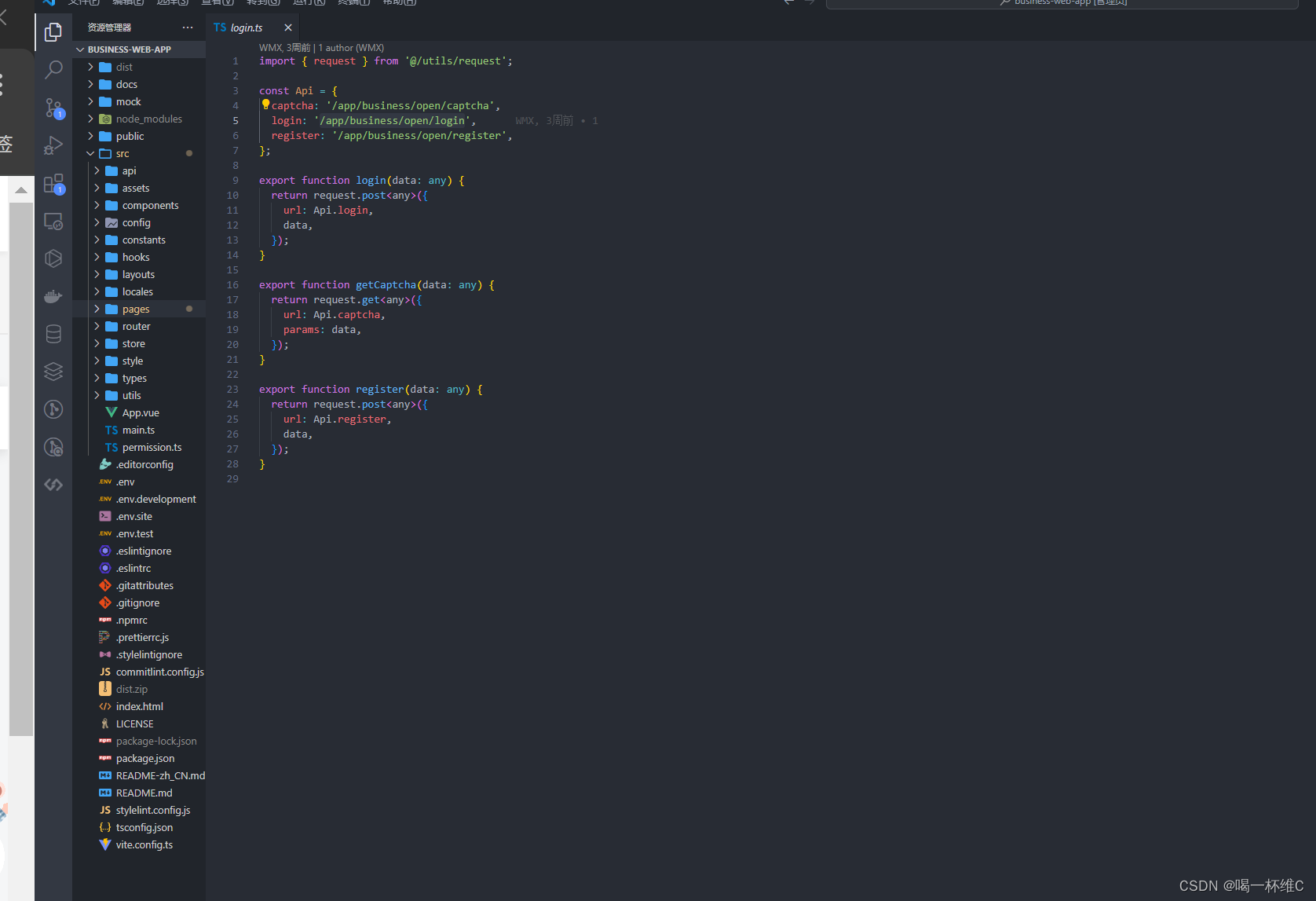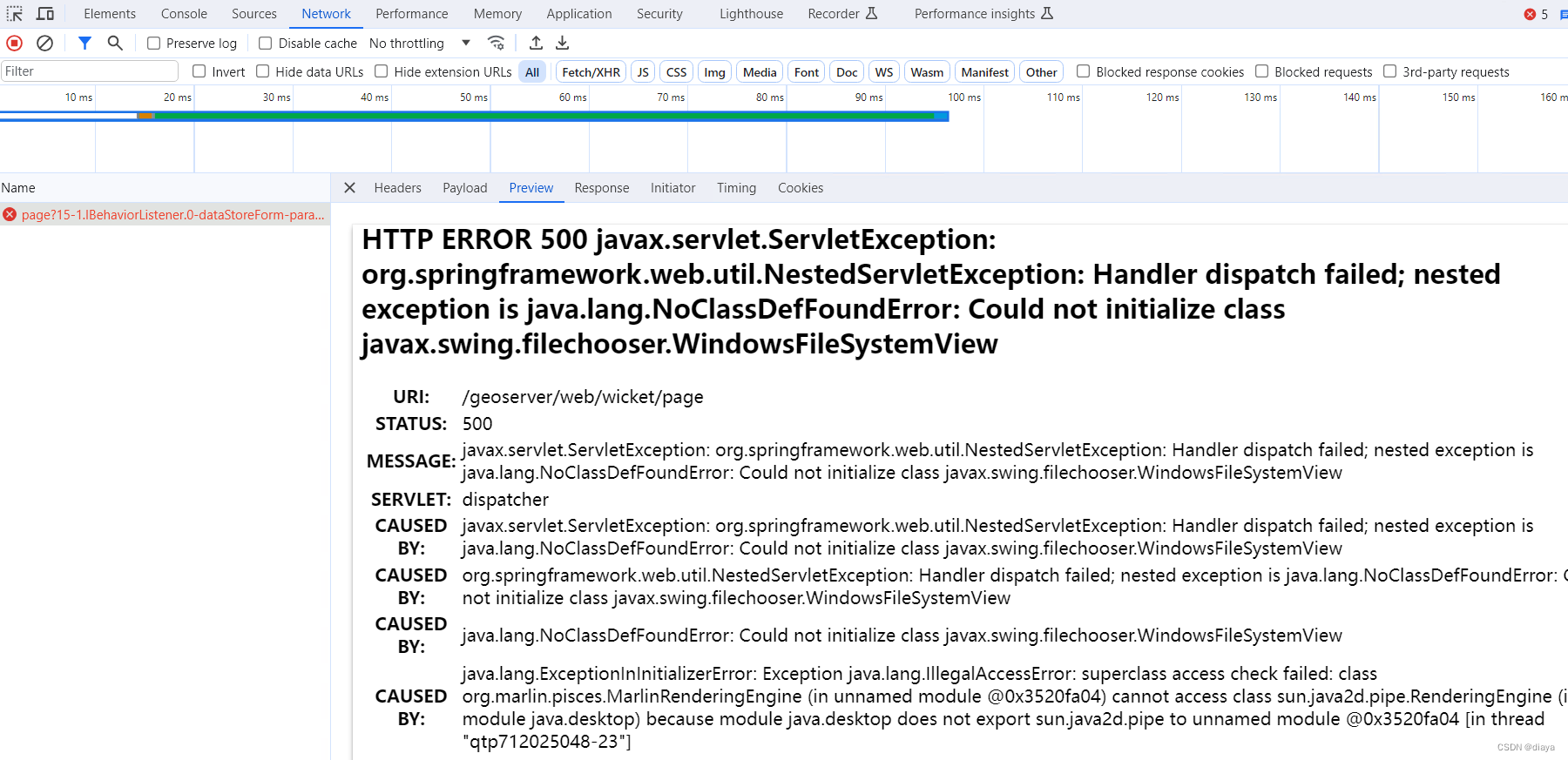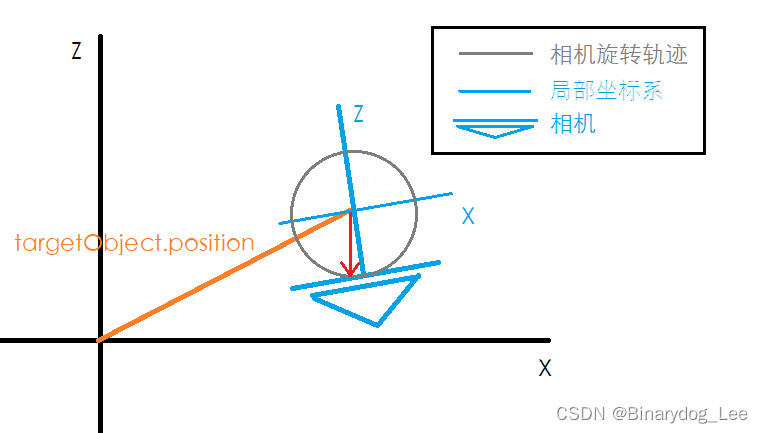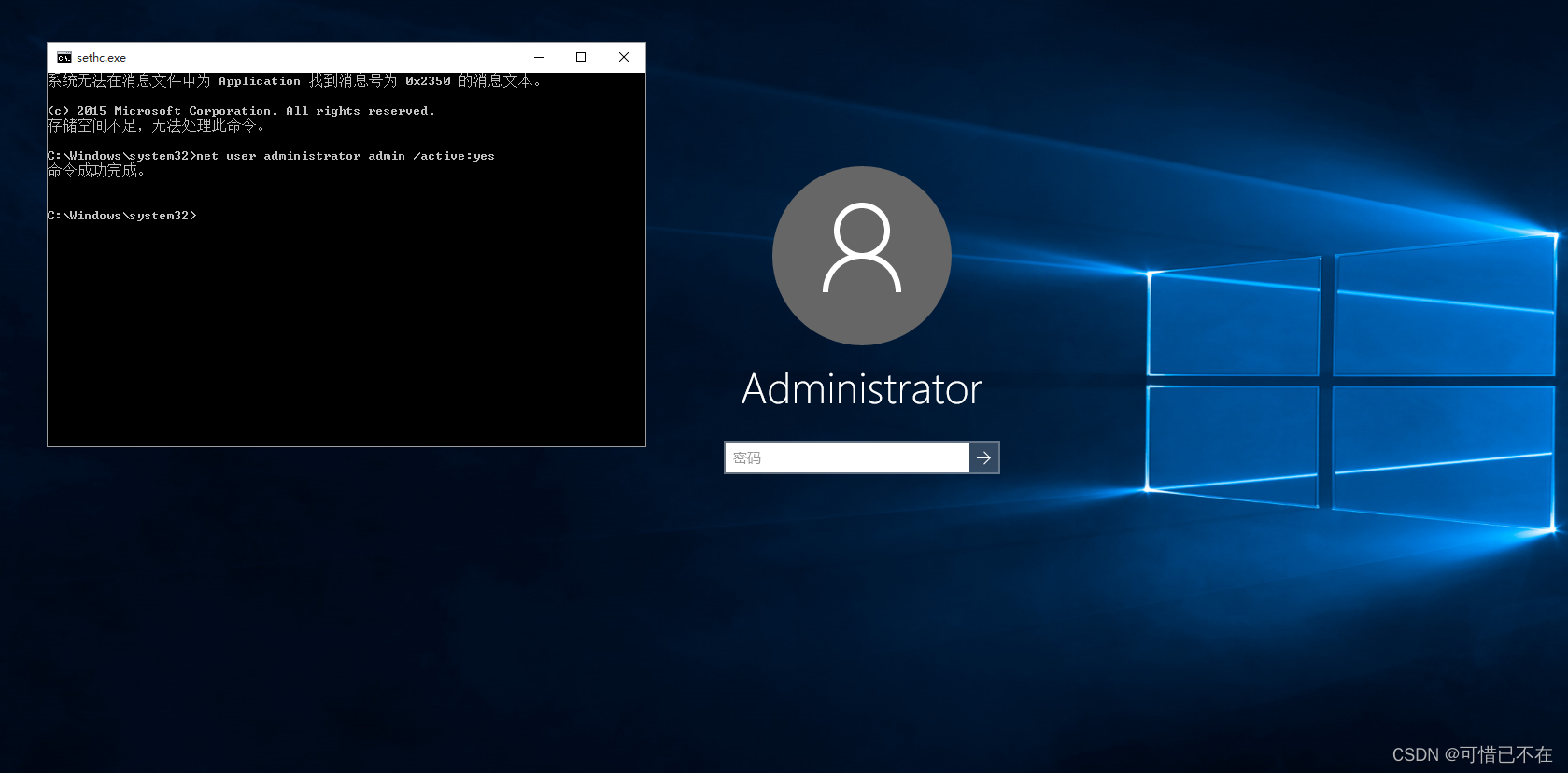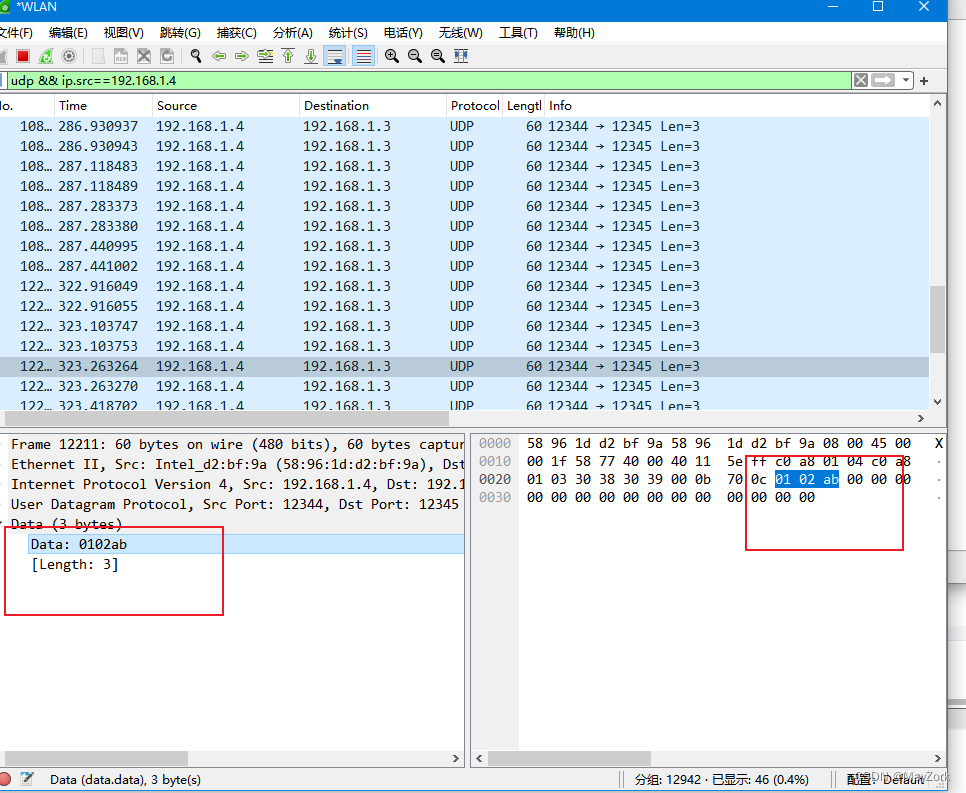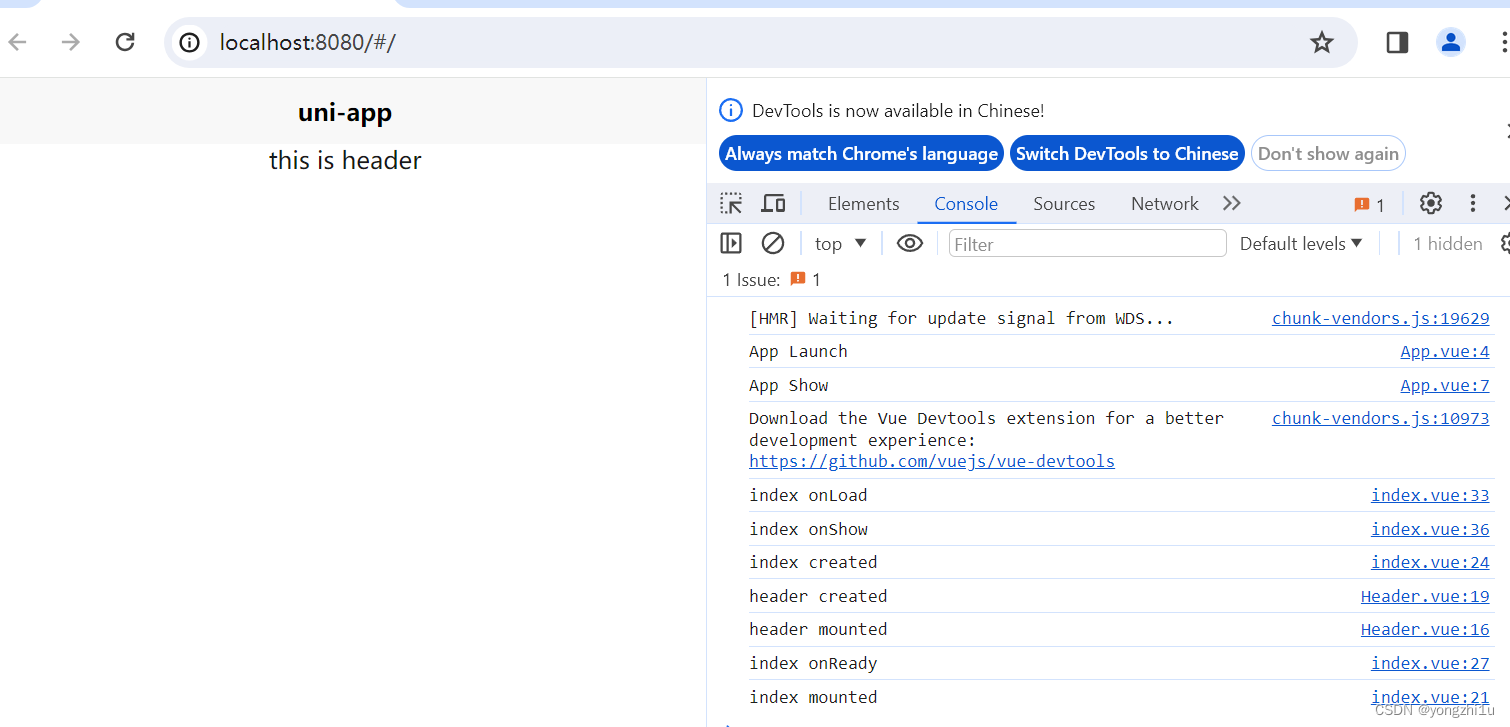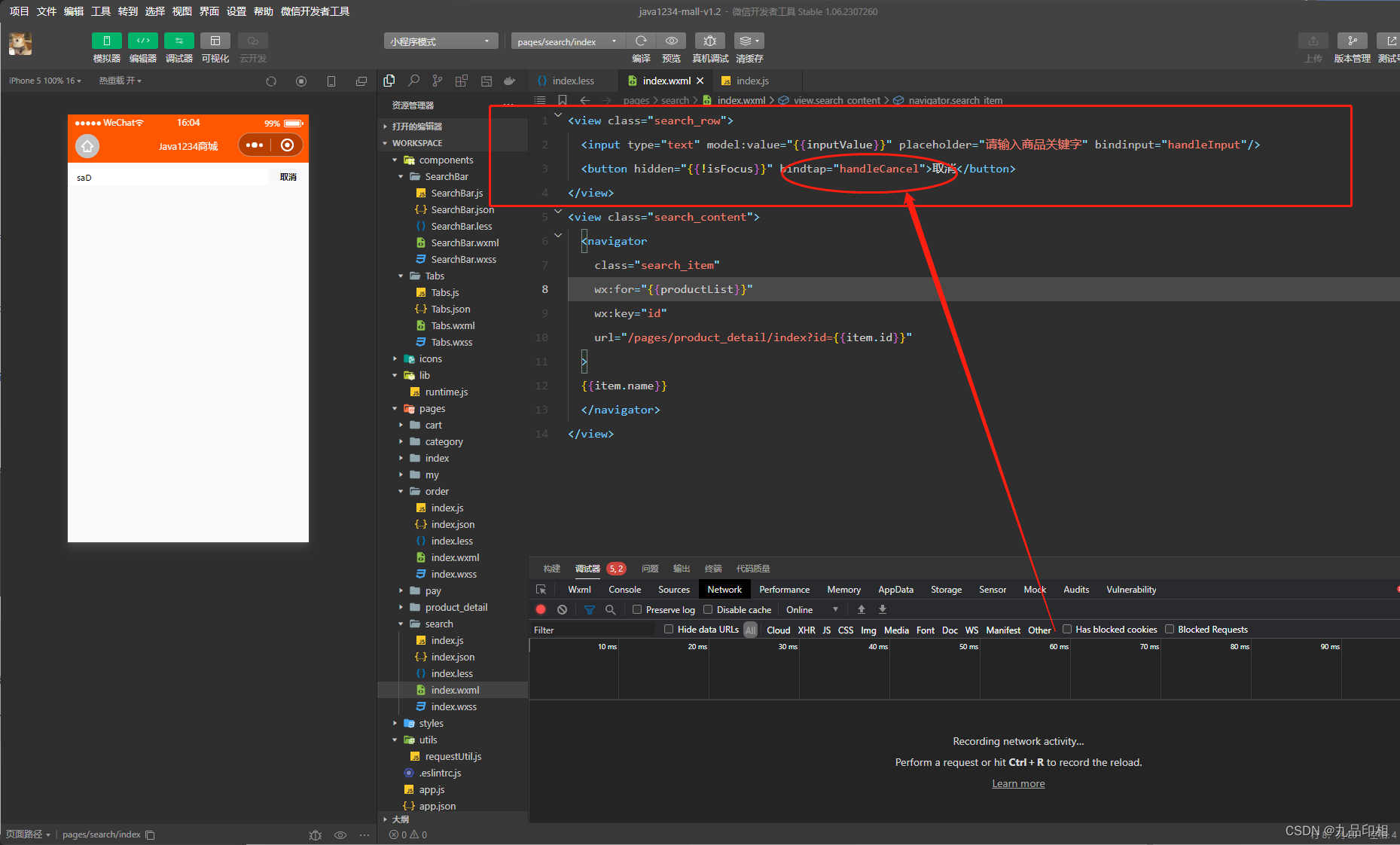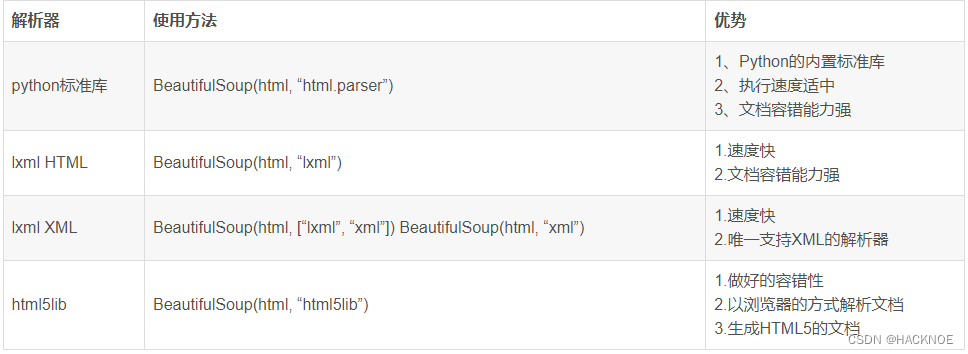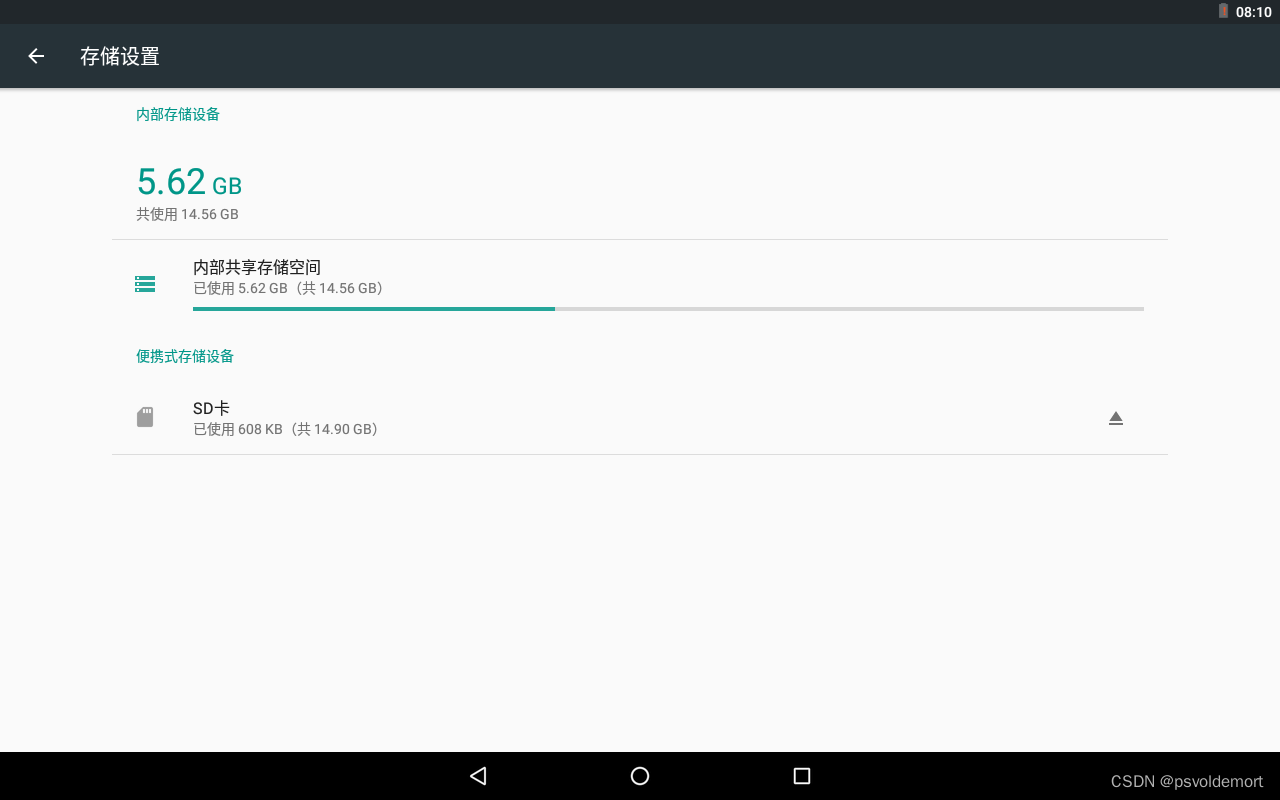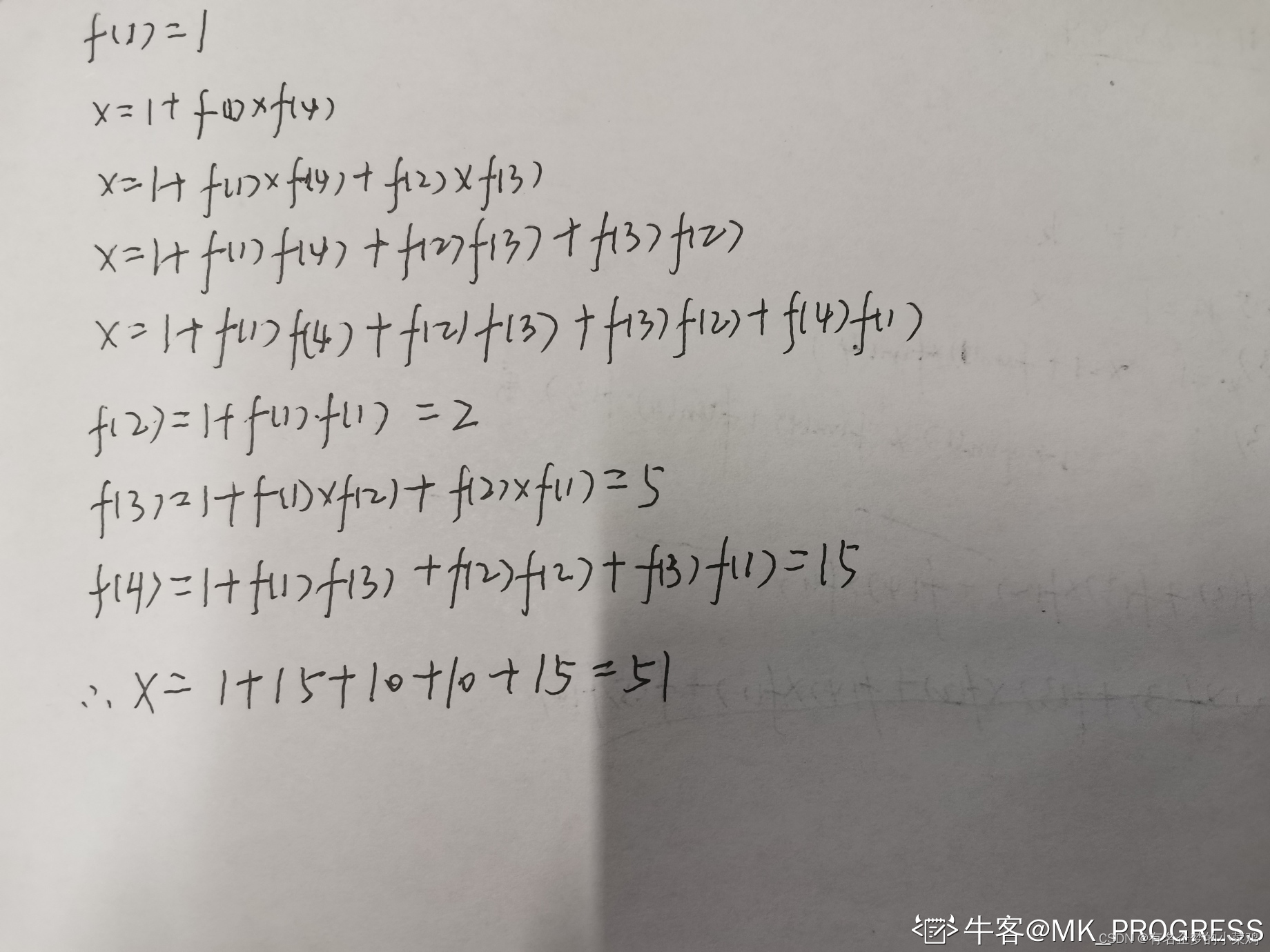系列文章
ruoyi若依框架学习笔记-01
ruoyi若依框架分页实现分析
ruoyi若依框架SpringSecurity实现分析
文章目录
- 系列文章
- 前言
- 具体分析
- 一、项目中的SpringSecurity版本
- 二、登录认证流程分析
- 三、权限鉴定
- 四、退出登录
- 五、SpringSecurity配置类
- 总结
前言
在ruoyi-vue若依框架中使用到了SpringSecurity作为认证授权的技术栈。今天,来分析一下若依中是如何实现认证授权的。
具体分析
一、项目中的SpringSecurity版本

可见,当前springsecurity的版本还是相对比较旧的security5。所以我们在自己的项目中可以对此进行重构,升级成security6的版本。但目前只是先分析一下它的实现原理。
二、登录认证流程分析

首先看一下登录控制器
ruoyi-admin/src/main/java/com/ruoyi/web/controller/system/SysLoginController.java
@PostMapping("/login")public AjaxResult login(@RequestBody LoginBody loginBody){AjaxResult ajax = AjaxResult.success();// 生成令牌String token = loginService.login(loginBody.getUsername(), loginBody.getPassword(), loginBody.getCode(),loginBody.getUuid());ajax.put(Constants.TOKEN, token);return ajax;}
内容比较简单,我们去看一下login方法
public String login(String username, String password, String code, String uuid){// 验证码校验validateCaptcha(username, code, uuid);// 登录前置校验loginPreCheck(username, password);// 用户验证Authentication authentication = null;try{//UsernamePasswordAuthenticationToken是Authenticatiion的实现类UsernamePasswordAuthenticationToken authenticationToken = new UsernamePasswordAuthenticationToken(username, password);//这里设置成上下文的意图是在身份验证过程中,//其他组件或方法可以获取到该对象,以便进行相关的操作,//比如记录登录日志、获取用户信息等。AuthenticationContextHolder.setContext(authenticationToken);// 该方法会去调用UserDetailsServiceImpl.loadUserByUsernameauthentication = authenticationManager.authenticate(authenticationToken);}catch (Exception e){if (e instanceof BadCredentialsException){//这里去使用日志记录相关错误AsyncManager.me().execute(AsyncFactory.recordLogininfor(username, Constants.LOGIN_FAIL, MessageUtils.message("user.password.not.match")));throw new UserPasswordNotMatchException();}else{AsyncManager.me().execute(AsyncFactory.recordLogininfor(username, Constants.LOGIN_FAIL, e.getMessage()));throw new ServiceException(e.getMessage());}}finally{//最后要在对应操作完成之后,清理ContextAuthenticationContextHolder.clearContext();}AsyncManager.me().execute(AsyncFactory.recordLogininfor(username, Constants.LOGIN_SUCCESS, MessageUtils.message("user.login.success")));//这里就是拿到自定义封装的用户信息LoginUser loginUser = (LoginUser) authentication.getPrincipal();//将登录信息存入到数据库recordLoginInfo(loginUser.getUserId());// 生成tokenreturn tokenService.createToken(loginUser);}
然后我们去看一下loadUserByUsername方法
com.ruoyi.framework.web.service.UserDetailsServiceImpl
@Overridepublic UserDetails loadUserByUsername(String username) throws UsernameNotFoundException{//从数据库中查询相关用户数据SysUser user = userService.selectUserByUserName(username);if (StringUtils.isNull(user)){log.info("登录用户:{} 不存在.", username);throw new ServiceException(MessageUtils.message("user.not.exists"));}else if (UserStatus.DELETED.getCode().equals(user.getDelFlag())){log.info("登录用户:{} 已被删除.", username);throw new ServiceException(MessageUtils.message("user.password.delete"));}else if (UserStatus.DISABLE.getCode().equals(user.getStatus())){log.info("登录用户:{} 已被停用.", username);throw new ServiceException(MessageUtils.message("user.blocked"));}//密码校验,这里主要是看用户在短时间内输错了多少次密码,防止过分重复登录passwordService.validate(user);//将用户信息封装成我们自定义的LoginUser对象,他是UserDetails的实现类return createLoginUser(user);}public UserDetails createLoginUser(SysUser user){return new LoginUser(user.getUserId(), user.getDeptId(), user, permissionService.getMenuPermission(user));}
由于框架本身的UserDetails对象无法满足我们的需求,所以需要自定义一个实现类。
这里是UserDetails的实现类com.ruoyi.common.core.domain.model.LoginUser#serialVersionUID
public class LoginUser implements UserDetails
{private static final long serialVersionUID = 1L;/*** 用户ID*/private Long userId;/*** 部门ID*/private Long deptId;/*** 用户唯一标识*/private String token;/*** 登录时间*/private Long loginTime;/*** 过期时间*/private Long expireTime;/*** 登录IP地址*/private String ipaddr;/*** 登录地点*/private String loginLocation;/*** 浏览器类型*/private String browser;/*** 操作系统*/private String os;/*** 权限列表*/private Set<String> permissions;/*** 用户信息*/private SysUser user;public LoginUser(){}public LoginUser(SysUser user, Set<String> permissions){this.user = user;this.permissions = permissions;}public LoginUser(Long userId, Long deptId, SysUser user, Set<String> permissions){this.userId = userId;this.deptId = deptId;this.user = user;this.permissions = permissions;}public Long getUserId(){return userId;}public void setUserId(Long userId){this.userId = userId;}public Long getDeptId(){return deptId;}public void setDeptId(Long deptId){this.deptId = deptId;}public String getToken(){return token;}public void setToken(String token){this.token = token;}@JSONField(serialize = false)@Overridepublic String getPassword(){return user.getPassword();}@Overridepublic String getUsername(){return user.getUserName();}/*** 账户是否未过期,过期无法验证*/@JSONField(serialize = false)@Overridepublic boolean isAccountNonExpired(){return true;}/*** 指定用户是否解锁,锁定的用户无法进行身份验证* * @return*/@JSONField(serialize = false)@Overridepublic boolean isAccountNonLocked(){return true;}/*** 指示是否已过期的用户的凭据(密码),过期的凭据防止认证* * @return*/@JSONField(serialize = false)@Overridepublic boolean isCredentialsNonExpired(){return true;}/*** 是否可用 ,禁用的用户不能身份验证* * @return*/@JSONField(serialize = false)@Overridepublic boolean isEnabled(){return true;}public Long getLoginTime(){return loginTime;}public void setLoginTime(Long loginTime){this.loginTime = loginTime;}public String getIpaddr(){return ipaddr;}public void setIpaddr(String ipaddr){this.ipaddr = ipaddr;}public String getLoginLocation(){return loginLocation;}public void setLoginLocation(String loginLocation){this.loginLocation = loginLocation;}public String getBrowser(){return browser;}public void setBrowser(String browser){this.browser = browser;}public String getOs(){return os;}public void setOs(String os){this.os = os;}public Long getExpireTime(){return expireTime;}public void setExpireTime(Long expireTime){this.expireTime = expireTime;}public Set<String> getPermissions(){return permissions;}public void setPermissions(Set<String> permissions){this.permissions = permissions;}public SysUser getUser(){return user;}public void setUser(SysUser user){this.user = user;}@Overridepublic Collection<? extends GrantedAuthority> getAuthorities(){return null;}
}其实我觉得最后应该也要重写getAuthorities()方法内部,如下
if (ObjectUtils.isEmpty(authorities)) {authorities = new ArrayList<>();permissions.forEach(permission -> authorities.add(()->permission));}return authorities;
还望大佬发表看法。
在ruoyi-vue中有对认证失败的处理类
com.ruoyi.framework.security.handle.AuthenticationEntryPointImpl
在其中直接将错误信息渲染返回给前端
@Overridepublic void commence(HttpServletRequest request, HttpServletResponse response, AuthenticationException e)throws IOException{int code = HttpStatus.UNAUTHORIZED;String msg = StringUtils.format("请求访问:{},认证失败,无法访问系统资源", request.getRequestURI());ServletUtils.renderString(response, JSON.toJSONString(AjaxResult.error(code, msg)));}
当用户需要访问其他接口的时候,我们需要验证请求头中是否携带合法的token,并将用户信息存入Authentication中。
在com.ruoyi.framework.security.filter.JwtAuthenticationTokenFilter中有token过滤器,验证token有效性。
@Component
public class JwtAuthenticationTokenFilter extends OncePerRequestFilter
{@Autowiredprivate TokenService tokenService;@Overrideprotected void doFilterInternal(HttpServletRequest request, HttpServletResponse response, FilterChain chain)throws ServletException, IOException{//从token中获取用户信息,封装成LoginUser对象LoginUser loginUser = tokenService.getLoginUser(request);if (StringUtils.isNotNull(loginUser) && StringUtils.isNull(SecurityUtils.getAuthentication())){//验证token是否合法tokenService.verifyToken(loginUser);//封装成authentication对象UsernamePasswordAuthenticationToken authenticationToken = new UsernamePasswordAuthenticationToken(loginUser, null, loginUser.getAuthorities());//设置详细信息可以获取到请求的详细信息,例如请求的IP地址、请求的会话ID等。//设置详细信息可以帮助记录日志、进行安全审计和监控等操作authenticationToken.setDetails(new WebAuthenticationDetailsSource().buildDetails(request));SecurityContextHolder.getContext().setAuthentication(authenticationToken);}chain.doFilter(request, response);}
}三、权限鉴定
我们先看一下controller层方法的上面的注解

"@ss.hasPermi(‘system:menu:list’)"的意思是调用ss这个容器下的hasPermi方法
可以看到,ruoyi是自定义的权限校验方法。那我们来看一下这个容器
com.ruoyi.framework.web.service.PermissionService
@Service("ss")
public class PermissionService
{/*** 验证用户是否具备某权限* * @param permission 权限字符串* @return 用户是否具备某权限*/public boolean hasPermi(String permission){if (StringUtils.isEmpty(permission)){return false;}LoginUser loginUser = SecurityUtils.getLoginUser();if (StringUtils.isNull(loginUser) || CollectionUtils.isEmpty(loginUser.getPermissions())){return false;}PermissionContextHolder.setContext(permission);return hasPermissions(loginUser.getPermissions(), permission);}/*** 验证用户是否不具备某权限,与 hasPermi逻辑相反** @param permission 权限字符串* @return 用户是否不具备某权限*/public boolean lacksPermi(String permission){return hasPermi(permission) != true;}/*** 验证用户是否具有以下任意一个权限** @param permissions 以 PERMISSION_DELIMETER 为分隔符的权限列表* @return 用户是否具有以下任意一个权限*/public boolean hasAnyPermi(String permissions){if (StringUtils.isEmpty(permissions)){return false;}LoginUser loginUser = SecurityUtils.getLoginUser();if (StringUtils.isNull(loginUser) || CollectionUtils.isEmpty(loginUser.getPermissions())){return false;}PermissionContextHolder.setContext(permissions);Set<String> authorities = loginUser.getPermissions();for (String permission : permissions.split(Constants.PERMISSION_DELIMETER)){if (permission != null && hasPermissions(authorities, permission)){return true;}}return false;}/*** 判断用户是否拥有某个角色* * @param role 角色字符串* @return 用户是否具备某角色*/public boolean hasRole(String role){if (StringUtils.isEmpty(role)){return false;}LoginUser loginUser = SecurityUtils.getLoginUser();if (StringUtils.isNull(loginUser) || CollectionUtils.isEmpty(loginUser.getUser().getRoles())){return false;}for (SysRole sysRole : loginUser.getUser().getRoles()){String roleKey = sysRole.getRoleKey();if (Constants.SUPER_ADMIN.equals(roleKey) || roleKey.equals(StringUtils.trim(role))){return true;}}return false;}/*** 验证用户是否不具备某角色,与 isRole逻辑相反。** @param role 角色名称* @return 用户是否不具备某角色*/public boolean lacksRole(String role){return hasRole(role) != true;}/*** 验证用户是否具有以下任意一个角色** @param roles 以 ROLE_NAMES_DELIMETER 为分隔符的角色列表* @return 用户是否具有以下任意一个角色*/public boolean hasAnyRoles(String roles){if (StringUtils.isEmpty(roles)){return false;}LoginUser loginUser = SecurityUtils.getLoginUser();if (StringUtils.isNull(loginUser) || CollectionUtils.isEmpty(loginUser.getUser().getRoles())){return false;}for (String role : roles.split(Constants.ROLE_DELIMETER)){if (hasRole(role)){return true;}}return false;}/*** 判断是否包含权限* * @param permissions 权限列表* @param permission 权限字符串* @return 用户是否具备某权限*/private boolean hasPermissions(Set<String> permissions, String permission){return permissions.contains(Constants.ALL_PERMISSION) || permissions.contains(StringUtils.trim(permission));}
}
别忘了在配置类中加上注解 @EnableGlobalMethodSecurity(prePostEnabled = true, securedEnabled = true)
这里就不具体一个一个分析了,因为比较简单,都是很容易看懂的。
四、退出登录
若依中还自定义了退出登录处理类com.ruoyi.framework.security.handle.LogoutSuccessHandlerImpl
@Configuration
public class LogoutSuccessHandlerImpl implements LogoutSuccessHandler
{@Autowiredprivate TokenService tokenService;/*** 退出处理* * @return*/@Overridepublic void onLogoutSuccess(HttpServletRequest request, HttpServletResponse response, Authentication authentication)throws IOException, ServletException{LoginUser loginUser = tokenService.getLoginUser(request);if (StringUtils.isNotNull(loginUser)){String userName = loginUser.getUsername();// 删除用户缓存记录tokenService.delLoginUser(loginUser.getToken());// 记录用户退出日志AsyncManager.me().execute(AsyncFactory.recordLogininfor(userName, Constants.LOGOUT, MessageUtils.message("user.logout.success")));}//返回信息交给前端渲染ServletUtils.renderString(response, JSON.toJSONString(AjaxResult.success(MessageUtils.message("user.logout.success"))));}
}
五、SpringSecurity配置类
@EnableGlobalMethodSecurity(prePostEnabled = true, securedEnabled = true)
public class SecurityConfig extends WebSecurityConfigurerAdapter
{/*** 自定义用户认证逻辑*/@Autowiredprivate UserDetailsService userDetailsService;/*** 认证失败处理类*/@Autowiredprivate AuthenticationEntryPointImpl unauthorizedHandler;/*** 退出处理类*/@Autowiredprivate LogoutSuccessHandlerImpl logoutSuccessHandler;/*** token认证过滤器*/@Autowiredprivate JwtAuthenticationTokenFilter authenticationTokenFilter;/*** 跨域过滤器*/@Autowiredprivate CorsFilter corsFilter;/*** 允许匿名访问的地址*///这里我先不分析,以后补上@Autowiredprivate PermitAllUrlProperties permitAllUrl;/*** 解决 无法直接注入 AuthenticationManager** @return* @throws Exception*/@Bean@Overridepublic AuthenticationManager authenticationManagerBean() throws Exception{return super.authenticationManagerBean();}/*** anyRequest | 匹配所有请求路径* access | SpringEl表达式结果为true时可以访问* anonymous | 匿名可以访问* denyAll | 用户不能访问* fullyAuthenticated | 用户完全认证可以访问(非remember-me下自动登录)* hasAnyAuthority | 如果有参数,参数表示权限,则其中任何一个权限可以访问* hasAnyRole | 如果有参数,参数表示角色,则其中任何一个角色可以访问* hasAuthority | 如果有参数,参数表示权限,则其权限可以访问* hasIpAddress | 如果有参数,参数表示IP地址,如果用户IP和参数匹配,则可以访问* hasRole | 如果有参数,参数表示角色,则其角色可以访问* permitAll | 用户可以任意访问* rememberMe | 允许通过remember-me登录的用户访问* authenticated | 用户登录后可访问*/@Overrideprotected void configure(HttpSecurity httpSecurity) throws Exception{// 注解标记允许匿名访问的urlExpressionUrlAuthorizationConfigurer<HttpSecurity>.ExpressionInterceptUrlRegistry registry = httpSecurity.authorizeRequests();permitAllUrl.getUrls().forEach(url -> registry.antMatchers(url).permitAll());//我主要看这部分httpSecurity// CSRF禁用,因为不使用session.csrf().disable()// 禁用HTTP响应标头.headers().cacheControl().disable().and()// 认证失败处理类.exceptionHandling().authenticationEntryPoint(unauthorizedHandler).and()// 基于token,所以不需要session.sessionManagement().sessionCreationPolicy(SessionCreationPolicy.STATELESS).and()// 过滤请求.authorizeRequests()// 对于登录login 注册register 验证码captchaImage 允许匿名访问.antMatchers("/login", "/register", "/captchaImage").permitAll()// 静态资源,可匿名访问.antMatchers(HttpMethod.GET, "/", "/*.html", "/**/*.html", "/**/*.css", "/**/*.js", "/profile/**").permitAll().antMatchers("/swagger-ui.html", "/swagger-resources/**", "/webjars/**", "/*/api-docs", "/druid/**").permitAll()// 除上面外的所有请求全部需要鉴权认证.anyRequest().authenticated().and().headers().frameOptions().disable();// 添加Logout filterhttpSecurity.logout().logoutUrl("/logout").logoutSuccessHandler(logoutSuccessHandler);// 添加JWT filterhttpSecurity.addFilterBefore(authenticationTokenFilter, UsernamePasswordAuthenticationFilter.class);// 添加CORS filterhttpSecurity.addFilterBefore(corsFilter, JwtAuthenticationTokenFilter.class);httpSecurity.addFilterBefore(corsFilter, LogoutFilter.class);}/*** 强散列哈希加密实现*/@Beanpublic BCryptPasswordEncoder bCryptPasswordEncoder(){return new BCryptPasswordEncoder();}/*** 身份认证接口*/@Overrideprotected void configure(AuthenticationManagerBuilder auth) throws Exception{auth.userDetailsService(userDetailsService).passwordEncoder(bCryptPasswordEncoder());}
}
总结
其实ruoyi-vue中对SpringSecurity的使用非常时候我们用来复习SpringSecurity,以及学习它的编码风格,绝对收益不浅。



